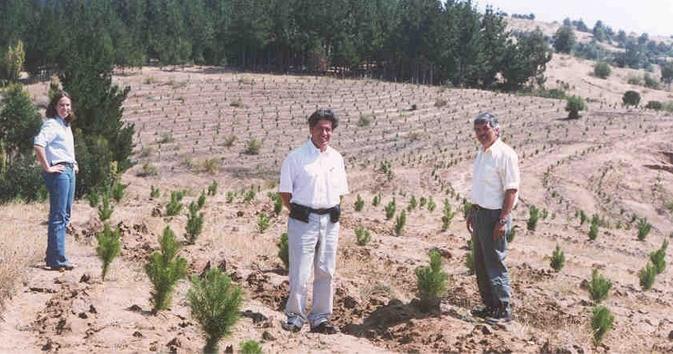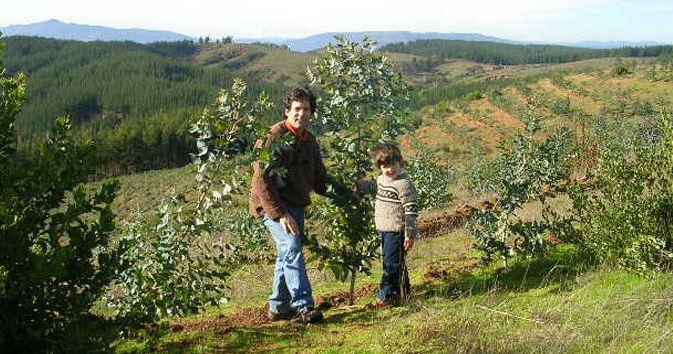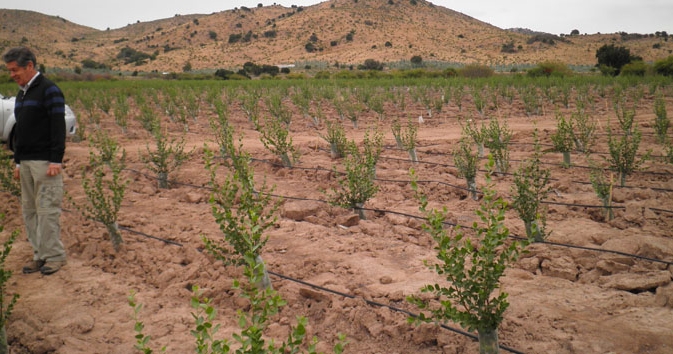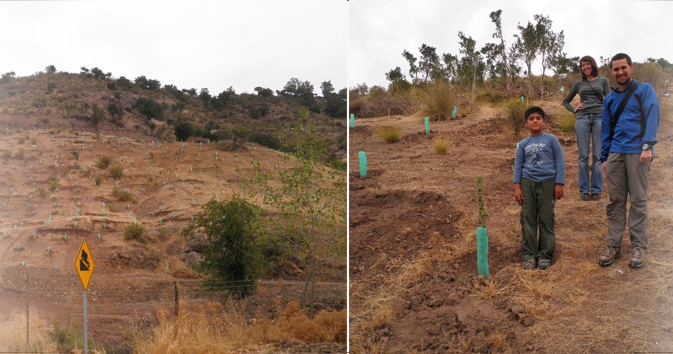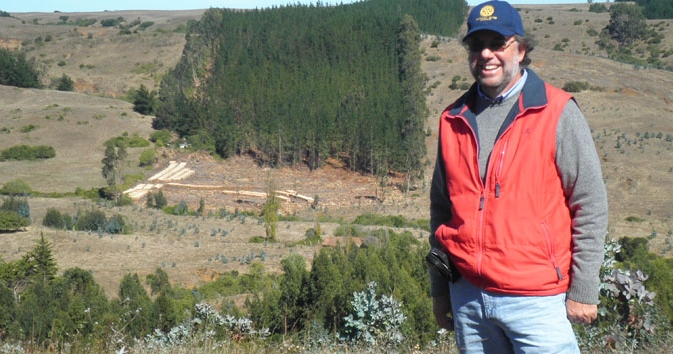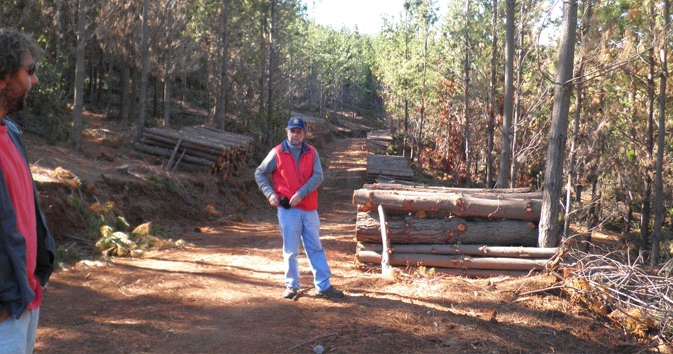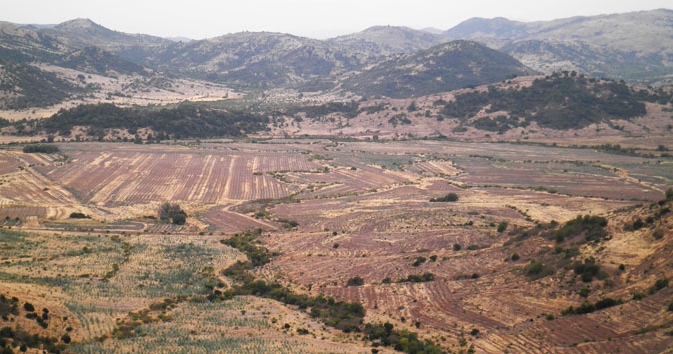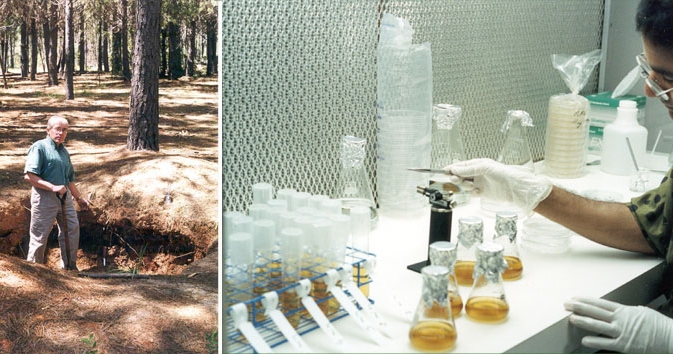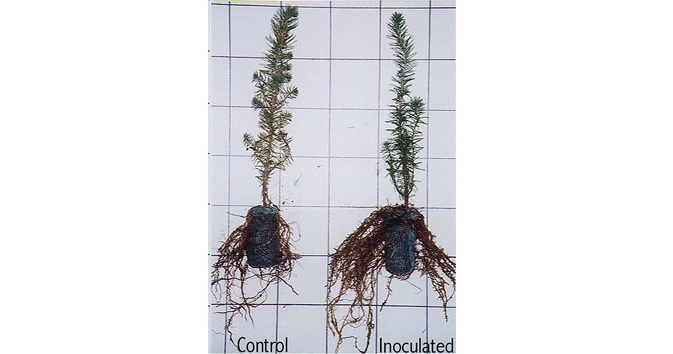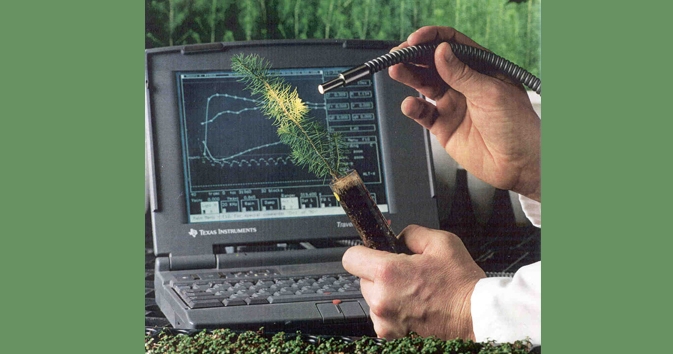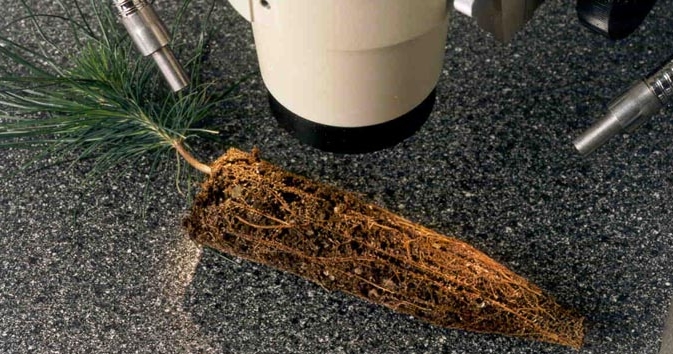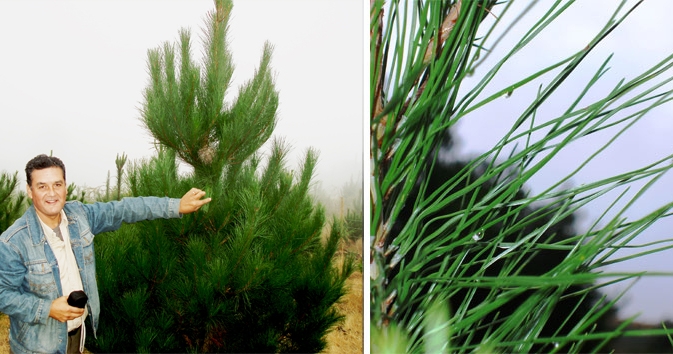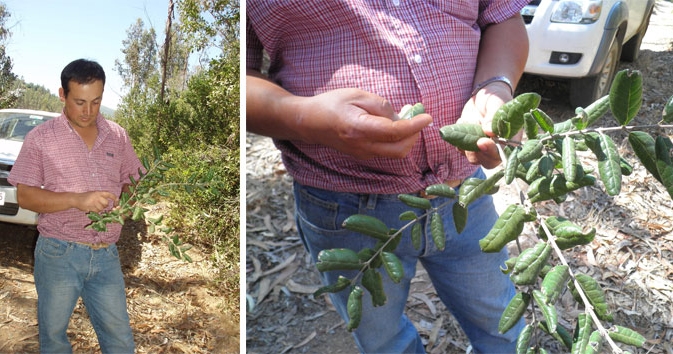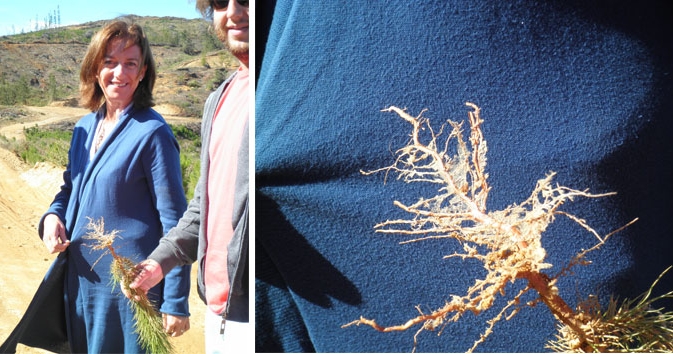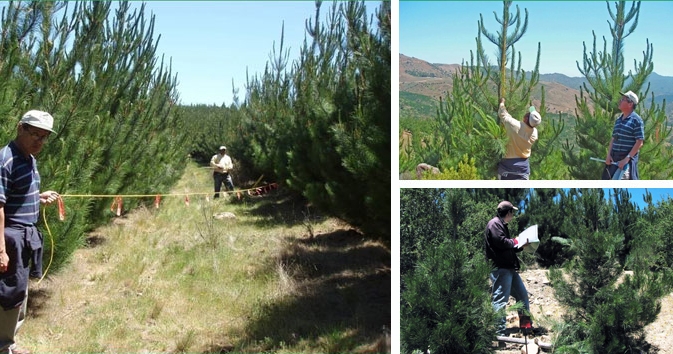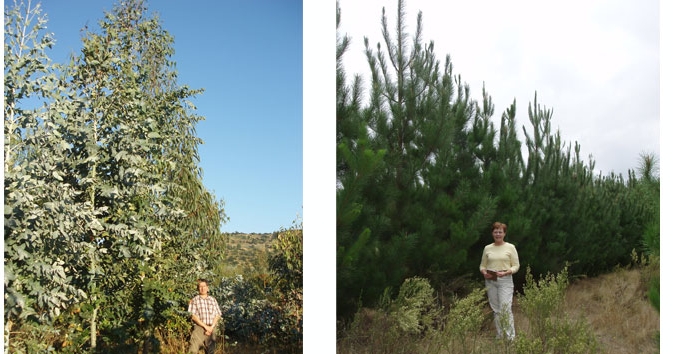Forest Carbon Sequestration
There are only two ways of reducing atmospheric carbon either by reducing the rate at which CO2 is added to the atmosphere (e.g. burning less fossil fuels or clearing and burning fewer forests), or by increasing the rate at which CO2 is removed from the atmosphere, also referred to as carbon sinks or carbon sequestrationReduction of net emissions of carbon dioxide (CO2) can be accomplished in two ways: either by reducing the rate at which CO2 is added to the atmosphere (e.g. those produced from burning fossil fuels or from clearing and burning forests), or by increasing sequestration the rate at which CO2 is removed from the atmosphere (e.g. by storing additional carbon in forests, soils and other carbon sinks). The latter can be accomplished through land management activities including re-vegetation, reforestation and afforestation as well as forest, cropland and grazing land management. Through photosynthesis plants remove carbon dioxide from the air, give off oxygen, and store the carbon as biomass. About one half of the dry weight of plant biomass is carbon, and one tonne of carbon in biomass represents 3.67 tonnes of atmospheric carbon dioxide.
Click here to view the full glossary. CO2 removals or offsetsOffsets are the mechanism by which the impact of emitting a tonne of CO2 can be negated or diminished by avoiding the release of a tonne elsewhere, or by absorbing a tonne of CO2 from the air (domestically or internationally) that otherwise would have remained in the atmosphere.
Click here to view the full glossary can be generated through land management activities that increase the above ground and below ground biomass content in revegetation, reforestationThe conversion of non-forested land to forested land through planting, seeding and/or the human induced promotion of natural seed sources, on land that was forested, but that was converted to non-forested land (e.g. through forest harvesting). Mikro-Tek's domestic forestry projects fall within this category because they are part of Canada's reforestation program, whereas projects in Chile are considered afforestation projects because they convert grassland to forest.
Click here to view the full glossary, afforestationAfforestation is the conversion of land that has not been forested for a period of at least 50 years, to forested land, through planting, seeding and/or the human-induced promotion of natural seed sources. Mikro-Tek has afforested approximately 7,500 hectares in Chile with faster growing tree species (pine and eucalyptus) that mature in 10 to 25 years, as well as Quillaja saponaria which mature in 80-100 years. Agroforestry is a term used to describe land-use systems and practices where woody perennials are deliberately integrated with crops and/or animals on the same land in order to provide ecological and/or economic interaction benefits. Mikro-Tek's projects have included work with shade grown coffee plantations, bee-keeping with Quillay species in Chile, micro-propagation with bananas, strawberries, stone fruits, as well as inter-planting of nitrogen-fixing species to provide natural fertilizer to targeted plants.
Click here to view the full glossary and agricultural projects.
Tree planting has been recognized globally as a natural means of sequestering atmospheric carbon. In the process of photosynthesis, plants remove carbon dioxide from the air, release oxygen and store the carbon in their biomass (stems, branches, roots etc.) This process, known as biological carbon sequestration, is the only method available to naturally remove carbon dioxide from the atmosphere. Since Mikro-Tek’s technology increases the growth rates of trees, it follows that there is a corresponding increase in the amount of carbon that is removed from the atmosphere.
Afforestation/Reforestation (A/R) is recognized as an eligible project activity in both compliance and voluntary greenhouse gas crediting programs. The Intergovernmental Panel on Climate Change (IPCC) estimated that the global mitigation potential of forestry in 2030 will be between 1.2 billion and 4.2 billion tonnes of CO2e per year, and that roughly one-third of this potential relates to A/R activities.
In addition to mitigating climate change, A/R projects often result in other sustainability benefits, such as reduced soil erosion, and increased rural incomes. A/R projects using mycorrhizal technology can also improve water quality, due to the reduced need for fertilizers, and can improve the ability of trees to adapt to poor soil conditions such as drought and salinity.

